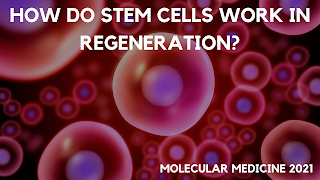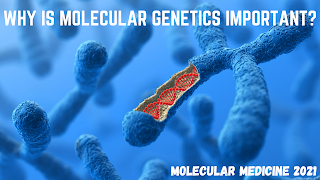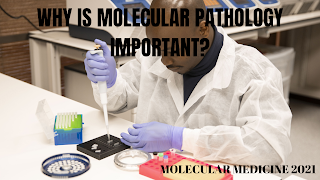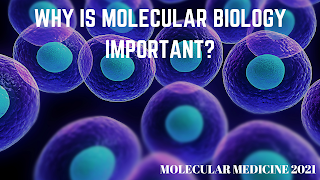WHAT IS THE IMPORTANCE OF MOLECULAR DIAGNOSTICS?
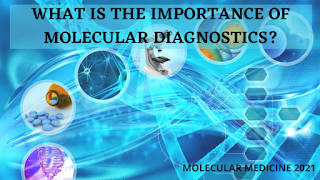
Molecular diagnostics is a group of methods used to analyze biological markers in the genome and proteome, and how their cells express their genes as proteins, applying molecular biology to medical testing. In medicine the method that is used to identify and monitor disease, identify risk, and select which therapies will work best for individual patients. Molecular diagnostics uses in vitro biological assays like PCR-ELISA or Fluorescence in situ hybridization. The assay identifies a molecule, frequently in low concentrations, that is a marker of virus or risk in a sample taken from a patient. Safeguarding of the sample before analysis is critical. Manual handling must be decreased. The delicate RNA molecule poses certain tests. As part of the cellular process of expressing genes as proteins, it deals an amount of gene expression but it is in danger to hydrolysis...
